The project aims to bring to the public the results of the research in landscape archaeology carried out since 2010 in the Núria Valley (Queralbs, Girona), a unique area in the high Pyrenean mountains. This landscape is characterised by its great heritage and cultural value, with a long history, with traces of human occupation and exploitation dating from the Neolithic to contemporary times. The Nuria Valley (eastern Pyrenees) is located above 2,000 m above sea level, bordered to the north by the French-Spanish border on the axial ridge line, and extending eastwards to the Coma de Vaca refuge (1,990 m) and the Vall de Núria FGC complex to the south. The ICAC’s Landscape Archaeology Research Group (GIAP) has been carrying out a research project in this area since 2010. The work has been carried out within the framework of several projects funded by the MICINN: Interambar (CGL2009-12676-C02), TerAmAr (HAR2012-39087-C02-02), InterArPa (HAR2015-64636-P) and TransLands (PGC2018-093734-B-I00).
The study of the historical processes that have shaped today’s cultural landscapes has been widely addressed in European research. Some research projects have focused on characterising the morphology of high mountain landscapes and establishing their evolutionary dynamics, delving into a long-term history. Research has revealed their profound antiquity, with the first transformations dating back to the Neolithic period and more intense transformations linked to historical processes such as Romanisation, feudalism and modern and contemporary economic expansion.
The possibility of preserving this type of Altimont landscape, such as the Vall de Núria, necessarily involves the dissemination and enhancement of its most significant elements, including its historical and archaeological heritage. Recognition of the cultural value of the landscape is also a tool for the management of the territories, while contributing to their sustainable development. Likewise, the transfer of research and the socialisation of the heritage of high mountain cultural landscapes can be a tool for generating far-reaching processes of social, cultural, educational and economic transformation. After a decade of interdisciplinary archaeological work, the GIAP-ICAC has documented 140 structures grouped in 28 sites, intervening in 9 of them and excavating 17 structures. This research has provided an exhaustive knowledge of the historical evolution of the landscape of the Vall de Núria, the effects of human action on it and its exploitation, as well as the characterisation of the diachronic evolution of the occupation of the territory from prehistoric times to the present day.
Despite this extensive knowledge, human occupation and the heritage preserved in situ are largely unknown to visitors and to the general public, even to the inhabitants of the territory itself. So is the scientific activity developed over the years, with the intervention of many specialists (archaeologists, palynologists, archaeozoologists, archaeobotanists, anthracologists, archaeomorphologists, topographers), with a great deal of technological innovation.
The main aim of the project is therefore to develop new educational and social transfer resources of a permanent nature, enabling the public to discover the characteristics of the long human occupation of the Vall de Núria, and to approach and experience the high mountain archaeology that has been researching this sector of the Pyrenees for the last decade. The proposal is based on the participation, co-creation and co-governance of local agents at all stages of the project.
In accordance with all of the above, the project focuses on the social transfer and didactics of the research carried out by GIAP-ICAC in this area of the Pyrenees, as well as on the heritage mediation of the most characteristic material and immaterial vestiges of human occupation.
General objectives:
- To develop an innovative strategy of historical dissemination of the human occupation of the Vall de Núria, based on scientific transfer, the socialisation of historical-archaeological knowledge, and heritage and landscape mediation.
- To contribute to the preservation and sustainable development of the high mountain cultural landscape of the Vall de Núria, through the enhancement of its cultural heritage, offering the social, cultural and economic agents of the area innovative educational resources based on universal accessibility.
- Encourage the public, from any group, to become familiar with the scientific activity that characterises high-mountain archaeology in the Pyrenees: its methods and techniques, its specialists, the objectives it pursues, etc.
- To promote the link between the historical, archaeological and cultural heritage associated with transhumant stockbreeding and pastoral activity, and the living memory of the people who played a leading role in it.
- Involve citizens and institutions of the territory in the processes of design, implementation and evaluation of the project so that they are not only recipients of the instruments and resources that are created, but also become active promoters and disseminators of their heritage.
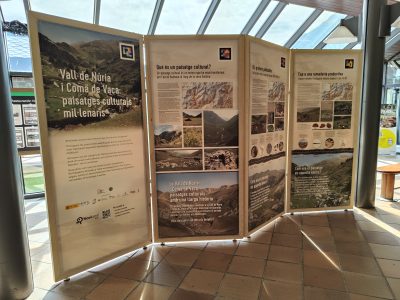
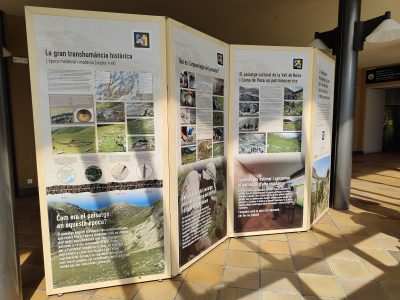
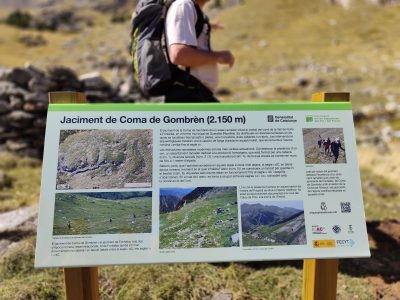
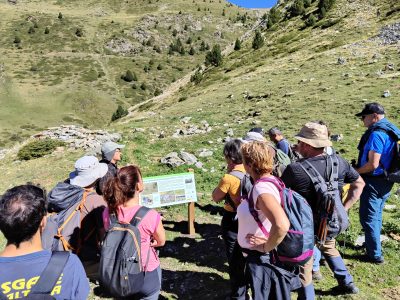
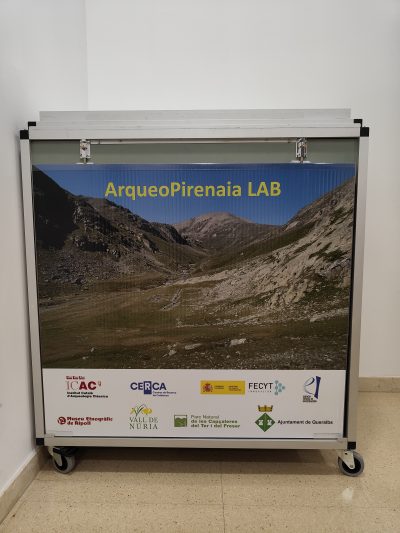
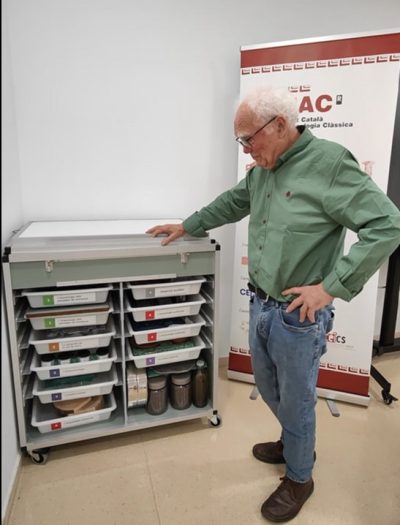
The project has received support from Fundación Española para la Ciencia y la Tecnología – Ministerio de Ciencia e Innovación






